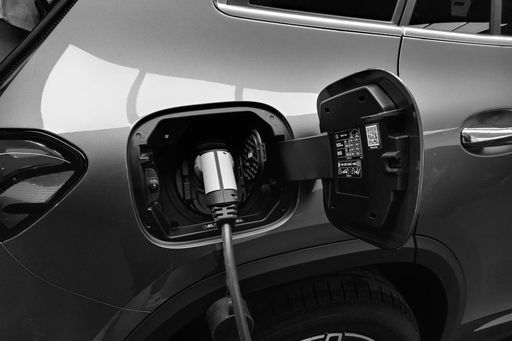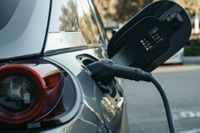Slow Rollout of National Charging System Could Hinder E.V. Adoption
Lawmakers approved $5 billion for states to build a network of fast chargers two years ago. Although some states have made progress in recent weeks, most have not yet awarded contracts or started construction.

Broad Availability of Charging Stations is Critical for E.V. Adoption
More than two years ago, lawmakers approved billions of dollars to build out a national electric vehicle charging network in the hopes of encouraging more drivers to switch to cleaner cars. The money, included in the bipartisan infrastructure law, was intended to help assure drivers they could reliably travel longer distances without running out of power.
But a robust federal charging network is still years away. Only two states — Ohio and New York — have opened any charging stations so far. A handful of others have broken ground on projects in recent weeks, with the aim of completing them in early 2024. In total, 28 states, plus Puerto Rico, have either awarded contracts to build chargers or started accepting bids for projects as of Dec. 15. The rest are much further behind on starting construction.
Broad availability of chargers is critical for the Biden administration’s goal of getting electric vehicles to make up half of new car sales by 2030.
Challenges in Building a National Charging Network
The White House has set a goal of building a national network of at least 500,000 public chargers by 2030, but researchers at the National Renewable Energy Laboratory have projected that the country will need more than one million public charging ports by the end of the decade.
Electric vehicle sales have been climbing faster than any other major category of automobile, with the nation on track to hit more than one million sales for the first time this year. President Biden’s signature climate law, the Inflation Reduction Act, has also spurred a surge of investment in electric vehicle production across the country. But demand has not grown as much as expected.
Some state transportation officials said the rollout has taken more than two years because they had little experience building chargers and it has been challenging to navigate new federal requirements.
State Progress and Challenges
Ohio became the first state to open a charger funded by the new program earlier this month. Six more charging stations are being designed and expected to begin construction in the next month or two. Most states, however, are well behind Ohio and New York.
Some states with sparse populations and little charging infrastructure have also taken longer to roll out their programs. In Wyoming, potential station owners are currently submitting responses to gauge interest in using the federal funds. State officials said they did not know when or if they would award contracts because that would depend on the level of interest.
States are also considering the types of connectors they will need. Although they only have to provide ports with Combined Charging System connectors, some states, such as Texas, will also require the plugs that Tesla cars use, known as the North American Charging Standard.


